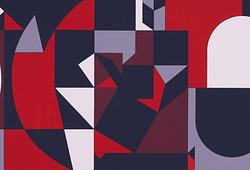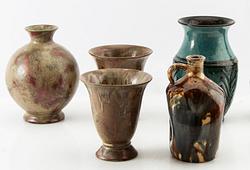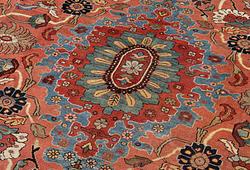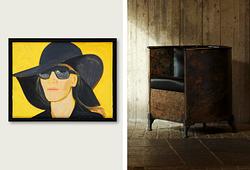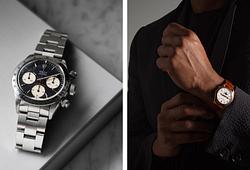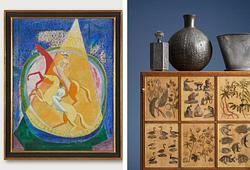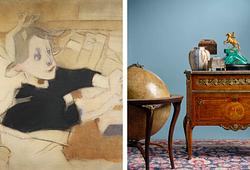Exquisite sculptures by Carl Milles at Important Spring Sale

Carl Milles Paulus bländas
The motive is St. Paul's conversion when he was hit by a powerful beam of light on his way to Damascus, dazzled and fell from the horse. The dramatic story of when he sees Christ and his Christian conversion is told in Acts of the Apostles.
Carl Milles' sculpture "St Paul on the road to Damascus" is a sketch of a never-made monument. At this time he was also working on the great well Folkungabrunnen in Linköping and the are similarities between the two. Milles worked with variants on the theme with the man on the horse. Like Folke Filbyter, "St Paul" is also characterized by a contrasting movement, here even more violent and more expressive which runs through the entire sculpture. Milles showed what a master he was at creating a moment and force. When he worked on the horse motifs in the 1920s, he borrowed features from historical equestrian depictions but did so in his own expressive way. He managed to create a strong movement and balance at the same time. The "Flying Horse" is another example where the animal and the movement itself becomes central.
The sculptor Carl Milles dominated Swedish art life for much of the 20th century. He received several orders for monumental public works of art which are located primarily in Sweden and the United States.
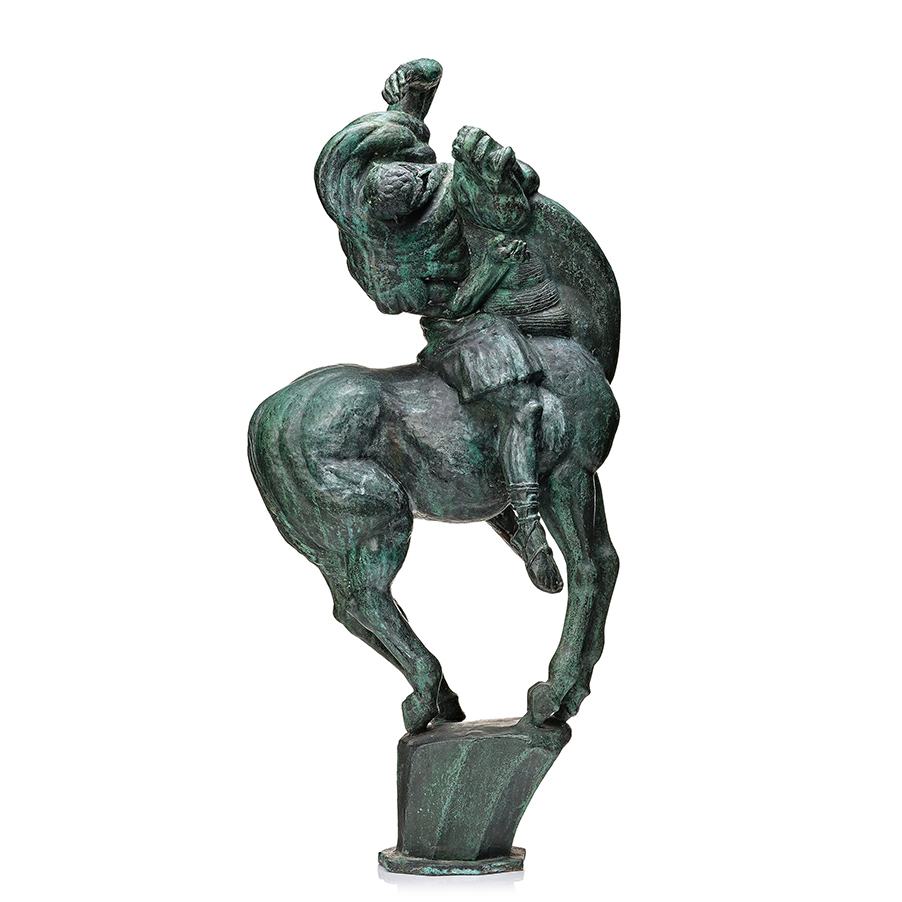
Carl Milles The Skater Princess
The Skating Princess by Carl Milles is a fast-paced, lively skating girl, the arms are stretched and the short skirt turns in a pirouette. Milles created this bronze in 1949 after seeing a skating girl in Rockefeller Plaza in New York. He became so fond of her movements that he tried to catch them in bronze. The sculpture does not have much in common with Milles heavy themes such as "Man and Pegasus" or "Hand of God" that came together at the same time.
The motif is found at Millesgården.
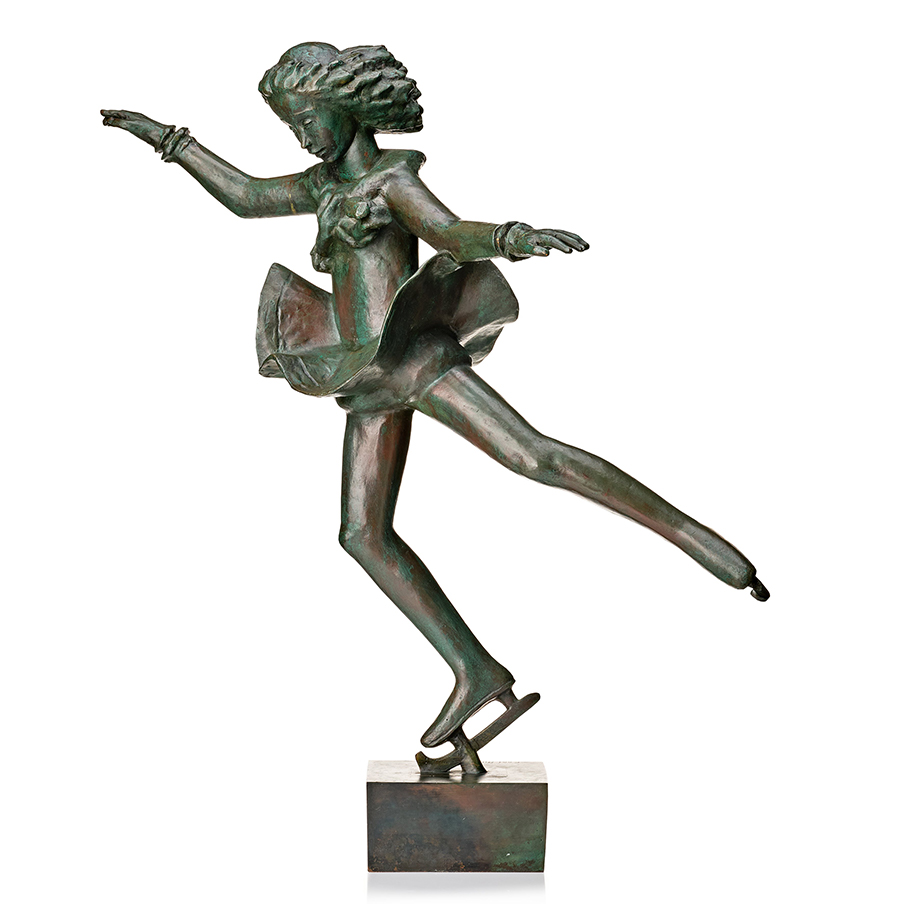
Carl Milles Europa och Tjuren
Redan 1921 fick Carl Milles i uppdrag att utföra en stadsbrunn till stora torget i Halmstad. Halmstad hade genom en donation fått medel till en fontänskulptur och en tävling utlystes. De inkomna bidragen höll inte måttet så de styrande vände sig direkt till Milles. Valet av motiv stod klart för Milles tidigt för till sin hustru Olga skrev han i juni 1921: "Halmstadsherrarna blevo mycket förtjusta i Tritonbrunn med Europa och Tjuren". Det dröjde dock fem år innan han var nöjd med det slutgiltiga utförandet och den monumentala brunnen "Europa och tjuren" kom på plats. Motivet hämtade Milles från den antika mytologin - den feniciska prinsessan Europa fördes bort över havet av guden Zeus som förvandlat sig till en tjur. I skulpturgruppen "Europa och Tjuren", som egentligen var avsedd att ses från långsidorna, har Milles fångat kontrasten mellan den tunga, kraftfulla tjuren och den graciösa, svävande kvinnofiguren, mellan den maskulina kraften och det kvinnliga behaget.
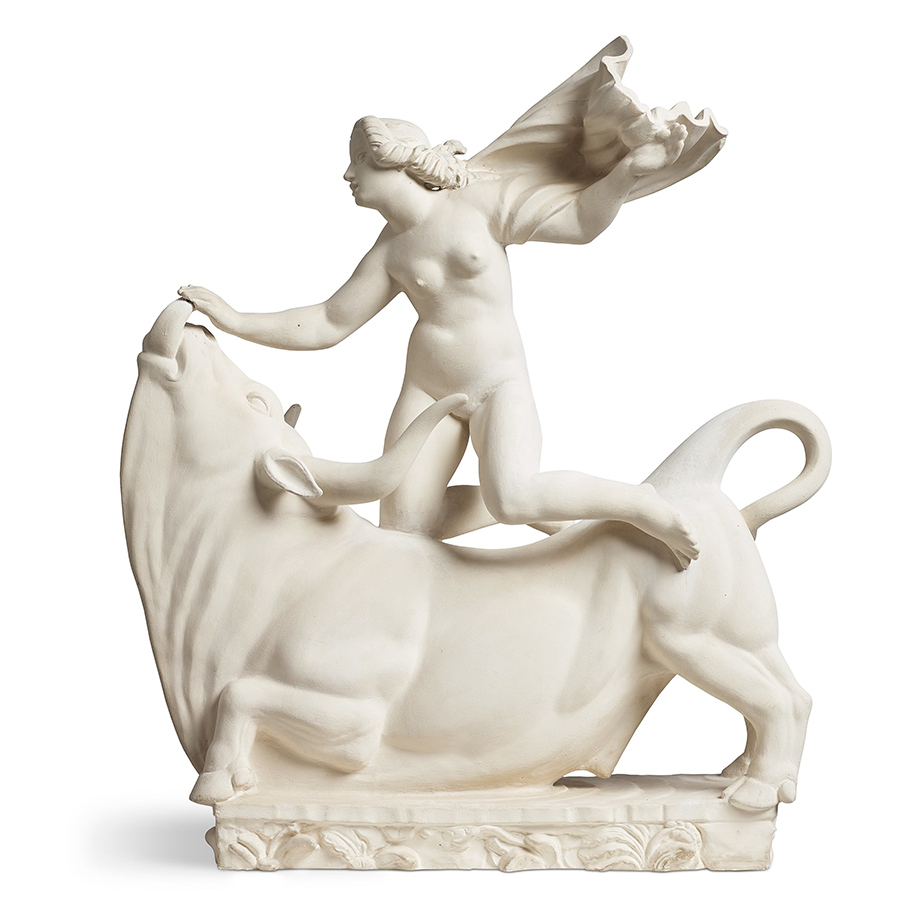
When is the viewing and auction?
Viewing 27 May – 1 June, Berzelii Park 1, Stockholm.
Auction 2 – 4 June, Arsenalsgatan 2, Stockholm.
Open Mon–Fri 11 am – 6 pm, Sat–Sun 11 am – 5 pm.
Contact our specialists

Stockholm
Björn Extergren
Head of Consignment and Sales Department, Fine Art. Specialist Antique Furniture, Decorative Arts and Asian Ceramics
+46 (0)706 40 28 61

Stockholm
Carl Barkman
Head Specialist Fine Art and Antiques
+46 (0)708 92 19 71







